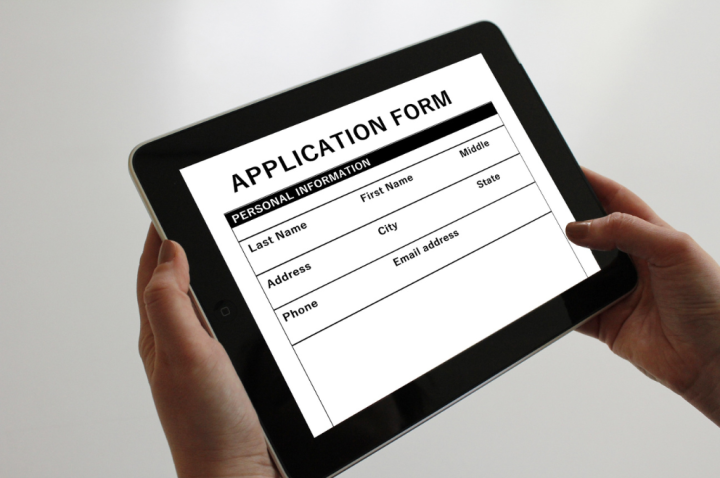The transition to paperless forms is a big step toward more sustainable and effective workflows. Processes are streamlined, and the environmental effect of conventional paper-based systems is greatly diminished by this transition. By using paperless forms, organizations may reap the benefits of improved operational efficiency and contribute to environmental sustainability.
This article examines the functionality of paperless forms in contemporary workflows, the necessary resources and methods for successfully implementing these systems, and a thorough analysis of the benefits they provide to businesses.
Table of Contents
What are Paperless Forms?
Forms that can be filled out electronically and submitted digitally are known as paperless forms. Paperless form systems make the process of gathering, storing, and processing data easier by eliminating the need for physical documentation.
Paperless forms make forms easier to access and complete on several platforms by supporting many form types, including PDFs, web forms, and forms for mobile apps. By integrating paperless form software with modern digital technology, processes, data management, and analysis are enhanced, significantly increasing operational productivity and environmental sustainability.
Tools for Implementing Paperless Forms
Making the transition to paperless forms as seamless and successful as possible requires using the appropriate combination of tools.
Document management systems (DMS)
These systems are necessary for effectively and safely arranging, storing, and retrieving digital documents. Additionally, they guarantee that forms are conveniently accessed on all devices.
Digital form builders
Unique digital forms may be made with these tools. Businesses may customize forms with drag-and-drop functionality to meet unique requirements and streamline the data collecting process.
eSignature platforms
These platforms allow document authentication to happen virtually without requiring physical presence. eSignature solutions streamline contracts, approvals, and other signature-required processes by enabling the legal signing of documents online.
Workflow automation software
After a form is submitted, automating the information flow across systems may greatly save human labor, expedite procedures, and improve accuracy.

Strategies for Utilizing Paperless Forms
Achieving a seamless and successful transition to paperless forms depends on strategically integrating a mix of best practices.
Comprehensive training
Give employees the skills and information they need to use new digital technologies efficiently via in-depth training sessions.
Phased transition
Gradually replace paper forms with digital versions. It might make the shift easier for everyone if you start with the forms that are utilized the most.
Feedback loop
Set up a procedure for gathering and responding to user comments. This guarantees that any problems are quickly fixed and that advancements are achieved on a constant basis.
Using paperless forms can promote environmental sustainability initiatives while also improving operational effectiveness and cutting costs. The secret to success is to choose the right tools carefully and apply them using a user-centered, strategic strategy.
Transitioning to a Paperless Environment with Fill
Fill simplifies your transition to a paperless environment by offering robust eSignature capabilities and online form solutions. With Fill, you can convert paper documents into digital formats using Fill’s scanning and digital storage solutions.
Enhance team efficiency and collaboration by leveraging Fill for seamless file sharing and real-time document editing. Extend these digital capabilities to your partners and clients by providing them access to Fill’s online forms and eSignature features, streamlining interactions, and encouraging a mutual transition towards paperless operations.
With Fill, you can organize your digital documents efficiently, starting with broad categorizations and ending with specific details. You can enhance file retrieval by tagging documents with key information such as creation dates, associated projects, and client names using Fill’s intuitive interface.

The Significance of Paperless Forms in Modern Businesses
The adoption of paperless forms is more than just a trend; it signifies a shift toward sustainability and operational efficiency. Paperless forms are essential for companies hoping to succeed in the twenty-first century as they sit at the nexus of environmental stewardship and innovation. Cutting back on paper use helps the environment and strengthens a business’s CSR initiatives while enhancing its reputation.
Fill, best known for its eSignature capabilities, broadens its portfolio to cover a wide range of paperless form features. Fill facilitates the transition to digital operations with its mobile applications, unlimited cloud storage, and thousands of form templates. Businesses can benefit from reduced costs, increased productivity, and improved data security.
Notably, Fill’s Pro plan starts at an accessible price of only $24.99, making advanced digital solutions affordable for businesses aiming to modernize their operations.




